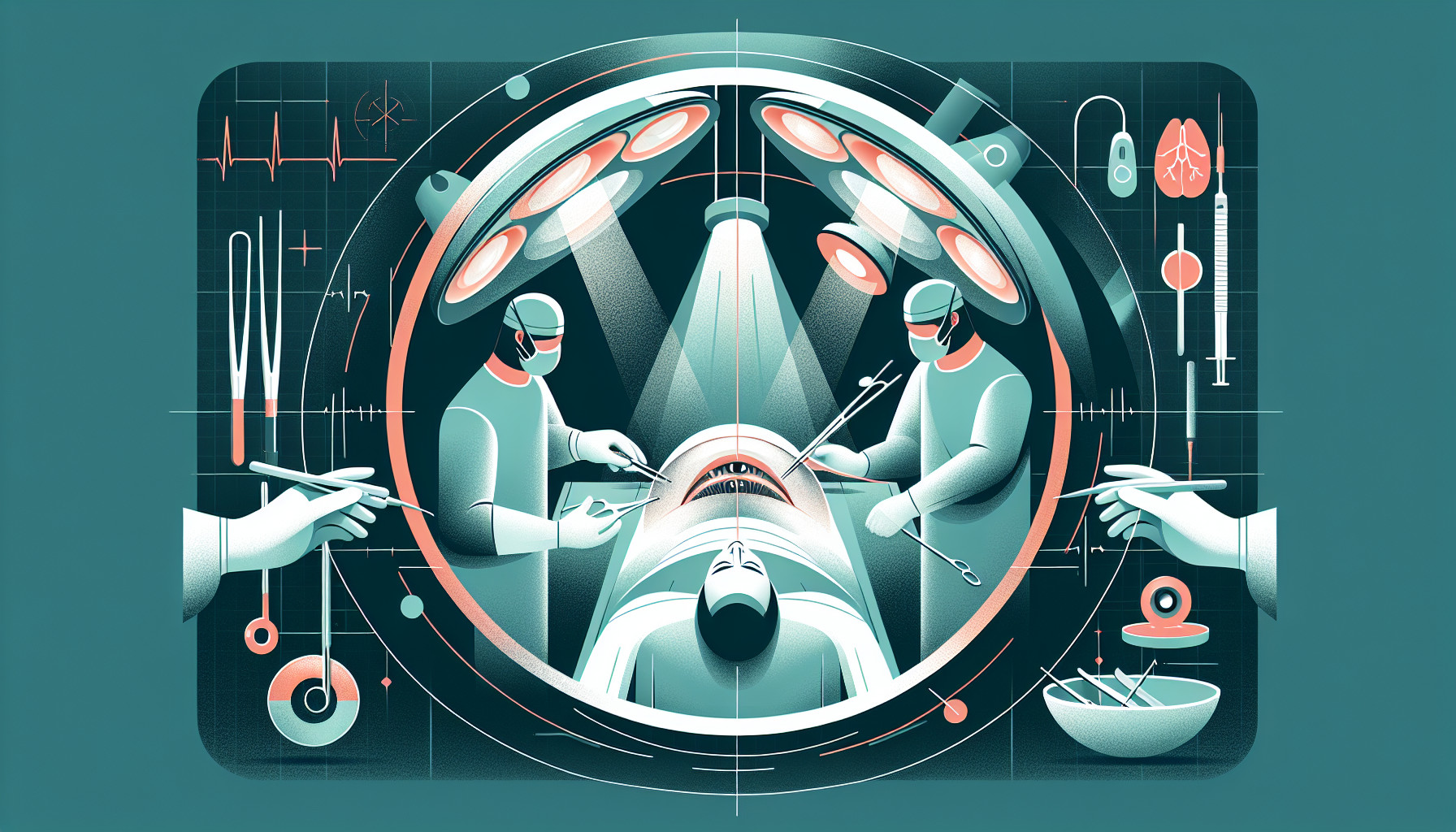Our Summary
This research paper discusses the use of Femtosecond laser-assisted cataract surgery (FLACS), a technology that offers more precision, accuracy, and customization than traditional cataract surgery methods. This is particularly important in an age where patients’ expectations and the use of premium lens replacements are increasing. The laser can perform four main tasks: creating a perfectly round opening in the lens capsule, treating astigmatism, creating clear incisions in the cornea, and breaking up or softening the lens. Despite its advantages, the laser has limitations such as issues with suction loss, incomplete opening of the lens capsule, or poor dilation of the pupil. The success of the procedure heavily depends on the patient’s condition and the surgeon’s experience. The paper reviews the different machines available for this type of surgery, what steps it can perform, and the overall pros and cons of the technology.
FAQs
- What is Femtosecond laser assisted cataract surgery (FLACS) and how does it differ from manual phacoemulsification (MP)?
- What are the main functions of FLACS in cataract surgery?
- What are some limitations of Femtosecond laser assisted cataract surgery?
Doctor’s Tip
One helpful tip a doctor might tell a patient about cataract surgery is to follow all pre-operative instructions carefully, such as avoiding eating or drinking before the surgery and taking any prescribed medications as directed. It is also important to have someone available to drive you home after the procedure and to attend all follow-up appointments with your surgeon. Additionally, make sure to ask any questions or voice any concerns you may have before the surgery to ensure you are fully informed and prepared for the procedure.
Suitable For
Patients who are typically recommended for cataract surgery include those with significant visual impairment due to cataracts, difficulty with daily activities such as driving or reading, or decreased quality of life due to cataract-related symptoms. Additionally, patients with coexisting eye conditions such as glaucoma or macular degeneration may also benefit from cataract surgery. Patients who are seeking improved visual outcomes and reduced dependence on glasses may be good candidates for femtosecond laser assisted cataract surgery (FLACS), as it offers increased precision and customization compared to traditional manual phacoemulsification surgery. It is important for patients to discuss their individual needs and expectations with their ophthalmologist to determine if FLACS is the best option for them.
Timeline
Before cataract surgery:
- Patient undergoes a comprehensive eye exam to determine the severity of the cataract and the need for surgery.
- Patient meets with the surgeon to discuss the procedure, potential risks and benefits, and to choose the type of intraocular lens to be implanted.
- Pre-operative measurements are taken to determine the power of the intraocular lens needed for optimal vision correction.
- Patient is instructed on pre-operative preparation, such as fasting before surgery and avoiding certain medications.
After cataract surgery:
- Patient is monitored in the recovery area for a short period of time to ensure there are no immediate complications.
- Patient is given post-operative care instructions, including the use of eye drops and any restrictions on physical activity.
- Follow-up appointments are scheduled to monitor healing and vision improvement.
- Patient may experience temporary blurred vision, sensitivity to light, and mild discomfort in the days following surgery.
- Vision gradually improves over the following weeks as the eye heals and adjusts to the new intraocular lens.
- Patient may need to undergo additional vision correction procedures, such as laser refractive surgery, to achieve optimal visual outcomes.
What to Ask Your Doctor
What are the potential risks and complications associated with femtosecond laser assisted cataract surgery compared to traditional manual phacoemulsification?
How experienced are you in performing femtosecond laser assisted cataract surgery? Can you provide information on your success rates and patient outcomes?
How will femtosecond laser assisted cataract surgery improve the accuracy and precision of my procedure compared to traditional cataract surgery?
Will I still need to wear glasses after femtosecond laser assisted cataract surgery, or is there a possibility of achieving better visual outcomes with premium intraocular lenses?
How long is the recovery time after femtosecond laser assisted cataract surgery, and what can I expect in terms of post-operative care and follow-up appointments?
Are there any specific pre-operative requirements or considerations for patients undergoing femtosecond laser assisted cataract surgery?
What are the costs associated with femtosecond laser assisted cataract surgery, and are there any potential insurance coverage options available?
How does femtosecond laser assisted cataract surgery address astigmatism correction, and what are the potential outcomes for reducing or eliminating astigmatism with this technology?
What are the limitations or potential complications that I should be aware of when considering femtosecond laser assisted cataract surgery?
Can you provide me with information on the specific femtosecond laser platform that will be used for my cataract surgery, and how it compares to other available technologies in terms of safety and efficacy?
Reference
Authors: Agarwal K, Hatch K. Journal: Semin Ophthalmol. 2021 Nov 17;36(8):618-627. doi: 10.1080/08820538.2021.1890792. Epub 2021 Jun 4. PMID: 34082659
